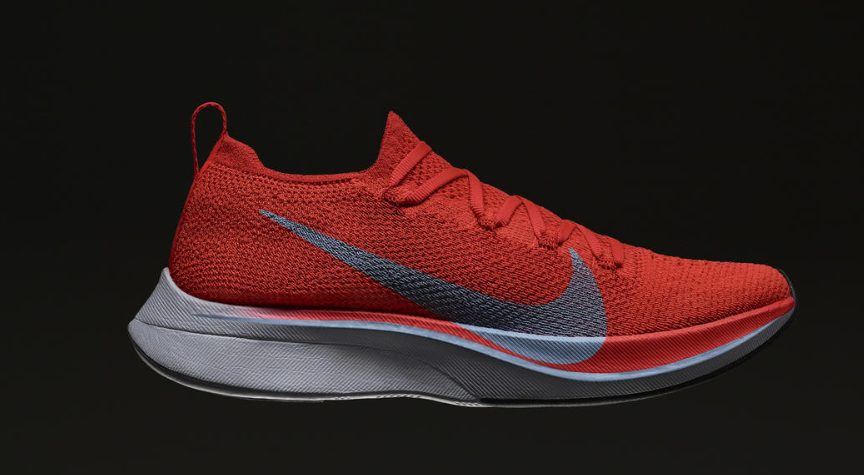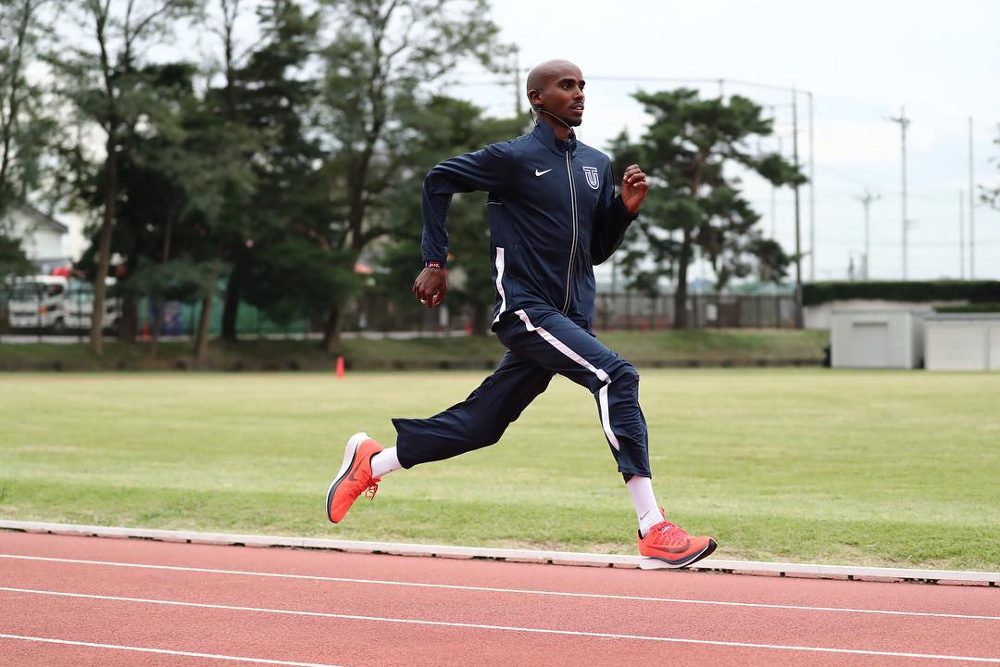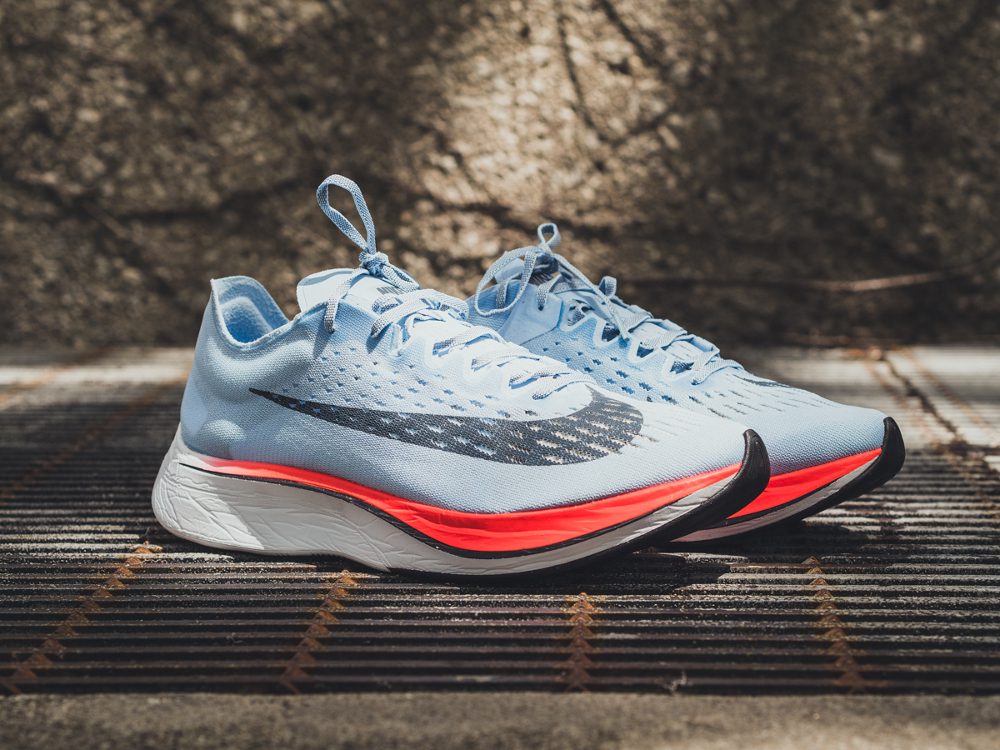Nike’s Vaporfly 4% data sheds light on how the shoe works
As sports science journalist Alex Hutchinson explains, some of Nike's research is to be taken with a grain of salt, but the implications for running shoe technology's role in preventing injury are encouraging

Sports science journalist Alex Hutchinson has reported for Outside Online on some interesting data that was presented at the annual Footwear Biomechanics Symposium held in Alberta last week. Nike studied its own shoe, the Vaporfly 4%, testing various configurations of the carbon fibre plate, and investigating whether the foam helps prevent muscle damage from training. The findings were published in Footwear Science.
RELATED: The Nike Vaporfly 4% could be your next track spike

If your first reaction is, “Hold it right there, you can’t study your own product in an unbiased way,” fair enough. But since, as Hutchinson points out, only the manufacturer itself has access to different versions of its product (i.e. those with no plate and those with different curves in the plate), we might as well find out what their investigation yielded. And what it revealed was further evidence that the carbon plate does not function as a spring.

Put simply, Nike and others had known for some time that a slightly curved carbon fibre plate helps reduce energy expenditure at toe-off, while resulting in a greater energy expenditure at the ankle. Nike’s innovation was to increase the plate’s curve in order to reduce that energy loss at the ankle, while preserving the energy savings at the big toe. The more curve in the plate, the greater the energy saved. (Nike experimented with shoes with no plate, a flat plate, a slightly curved plate, and a radically curved plate, as you can see in the tweet below, which contains a photograph of one of the presenter’s slides. And in the photo above, you can see the very curvy plate, which is the black line in the middle of the foam midsole.)
Emily Farina from the Nike SRL does not give away too many secrets in relation to the Vaporfly 4% but does reveal that the shoe reduces energy loss at the 1st MPJ without increasing the demand at the ankle#nike #research #run #running #vaporfly #performance #biomechanics pic.twitter.com/Q6OXXCnjRS
— Simon B (Bartold Clinical) (@bartoldbiomecha) July 30, 2019
What Nike discovered was that a plate with an exaggerated curve in it was optimal for both saving energy at the big toe and minimizing the extra energy required at the ankle caused by the introduction of the plate.
As Hutchinson points out, this research doesn’t take into account the degree of energy savings conferred by the springy ZoomX foam, which previous studies have suggested may actually be the main source of the energy savings.
As for the other question, whether training and racing in the 4% improves recovery and helps prevent injury, Nike presented data from two years ago comparing a small group of runners training for a marathon in that shoe versus the regular Zoom Pegasus. Those training in the 4% showed up to 43 per cent less muscle damage and reported less soreness than those training in the Pegasus. Anecdotally, US marathoner Amy Cragg was quoted in a story on LetsRun.com praising the shoe for its protective properties: “I think they’re worth a lot just because if you can train in them, they kind of save your legs in training,” Cragg said. The implications for running shoe technology overall and, by extension, injury rates in runners overall, are encouraging.
RELATED: Nike releases ZoomX Vaporfly NEXT% in time for London Marathon


